The Rise of Intangibles: Powering the Global Economy in the AI Era
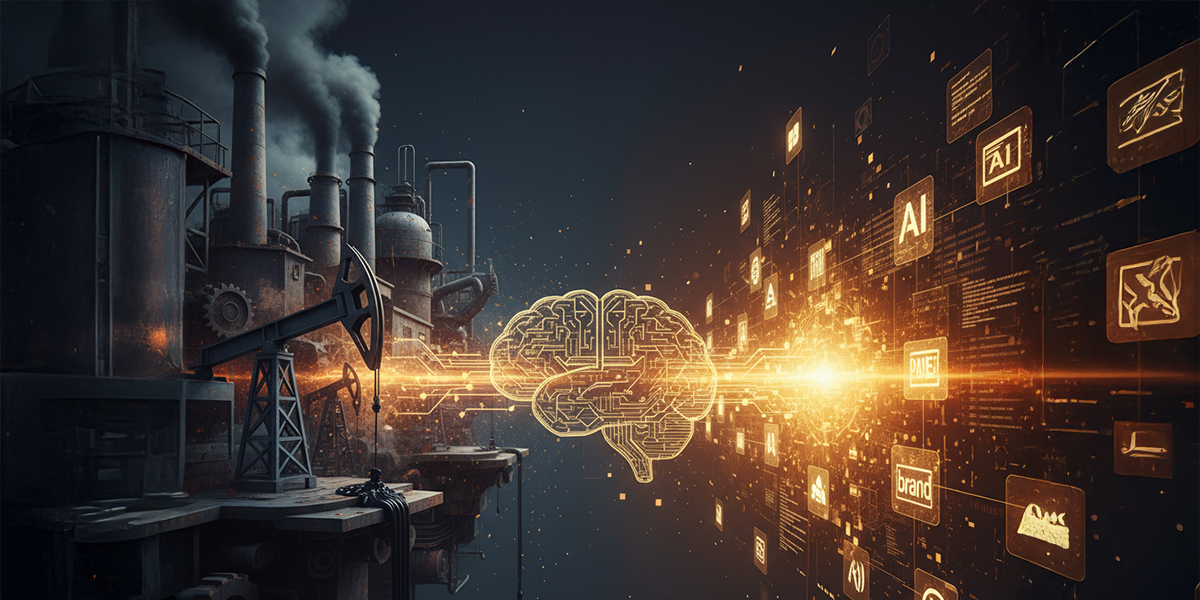
In the past, economies were measured by what could be seen, touched, and stored in warehouses—steel, oil, machinery, and manufactured goods. But today, value creation has shifted into the intangible realm. Software, data, brands, designs, and research & development (R&D) are no longer just support functions; they are driving forces behind global economic growth.
At the heart of this transformation is the growing investment in intangible assets, and the numbers tell a compelling story. Across the globe, intangible investments now make up a large—and still expanding—share of Gross Domestic Product (GDP). In an era increasingly shaped by digital transformation and artificial intelligence (AI), these assets are becoming the backbone of innovation and competitiveness.
Who’s Leading the Intangible Economy?
Leadership in the global intangible economy is multifaceted, reflecting diverse strategies and economic structures:
The United States maintains its dominance in absolute terms, with massive investments in software, IP, and R&D fueling its innovation ecosystem.
Sweden emerges as a quiet powerhouse, leading in intangible investment intensity—a measure of intangible investment as a share of GDP. This shows how deeply embedded innovation and design are within its economy.
India is the world’s fastest-growing player in this space, rapidly increasing its investment in digital assets, particularly in software and data infrastructure.
This trend points to a shift not only in how economies operate, but also in where future growth will come from.
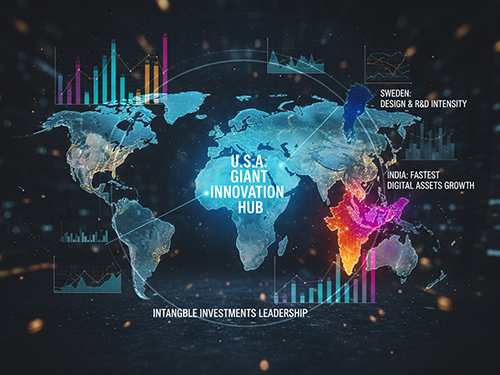
Software and Data: The Star Performers
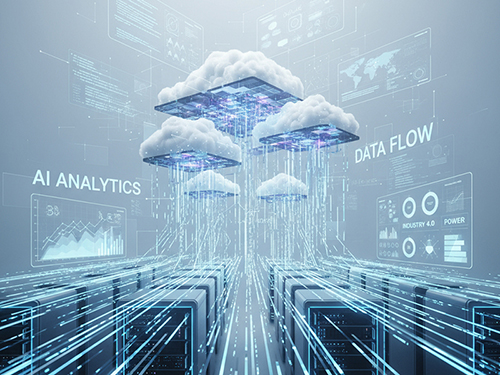
Among all categories of intangibles, software and data have once again taken the lead as the fastest-growing asset class. This isn’t surprising in a world where AI models, cloud platforms, and digital tools are reshaping everything from customer service to logistics to product design.
Enterprises and governments alike are realizing that access to clean, structured, and expansive datasets—along with the software to interpret and act on them—is now a strategic imperative.
AI and the Fusion of Tangible and Intangible Investments
This year’s focus shines a light on the interplay between artificial intelligence and both tangible and intangible investments. AI doesn’t operate in a vacuum. It needs data (intangible), computing infrastructure (tangible), skilled labor (intangible), and software platforms (intangible) to thrive.
As organizations embed AI into their operations, they are not only investing in algorithms and cloud services but also rethinking how they build physical infrastructure, train their workforce, and protect intellectual property. This fusion is blurring the lines between what is traditionally “tangible” and “intangible,” creating new hybrid models of economic value.
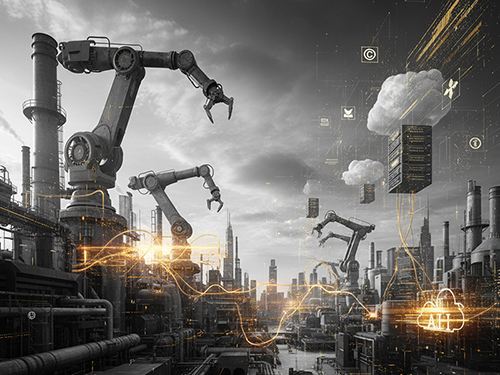
Why It Matters for Policymakers and Businesses ?
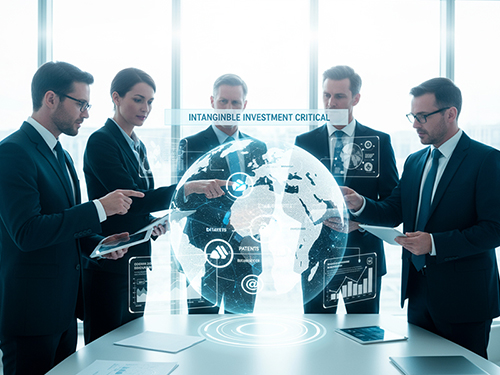
Understanding and measuring intangible investment is no longer optional—it’s essential.
For governments, fostering a competitive economy means investing in education, digital infrastructure, and IP frameworks that support the growth of intangibles.
For businesses, the shift toward intangibles requires new strategies in valuation, risk management, and resource allocation.
Intangibles are harder to quantify but are often the most valuable assets a company owns. Brands, patents, proprietary software, and data give companies a competitive edge in today’s fast-moving global markets.
Final Thoughts :
As the global economy evolves, the intangible is becoming tangible in its impact. Countries and companies that recognize the value of investing in innovation, data, and design will be best positioned to lead in the decades to come. With AI accelerating the transformation, the time to act is now.
Welcome to the Age of Intangibles—where ideas, not just infrastructure, build empires.


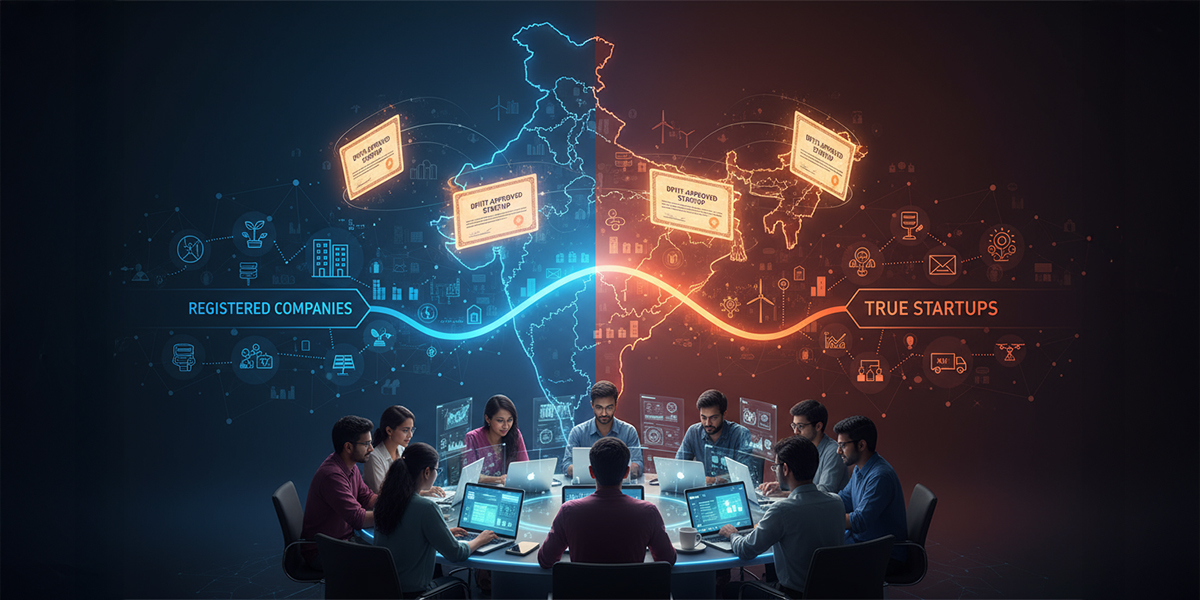


Leave a Reply